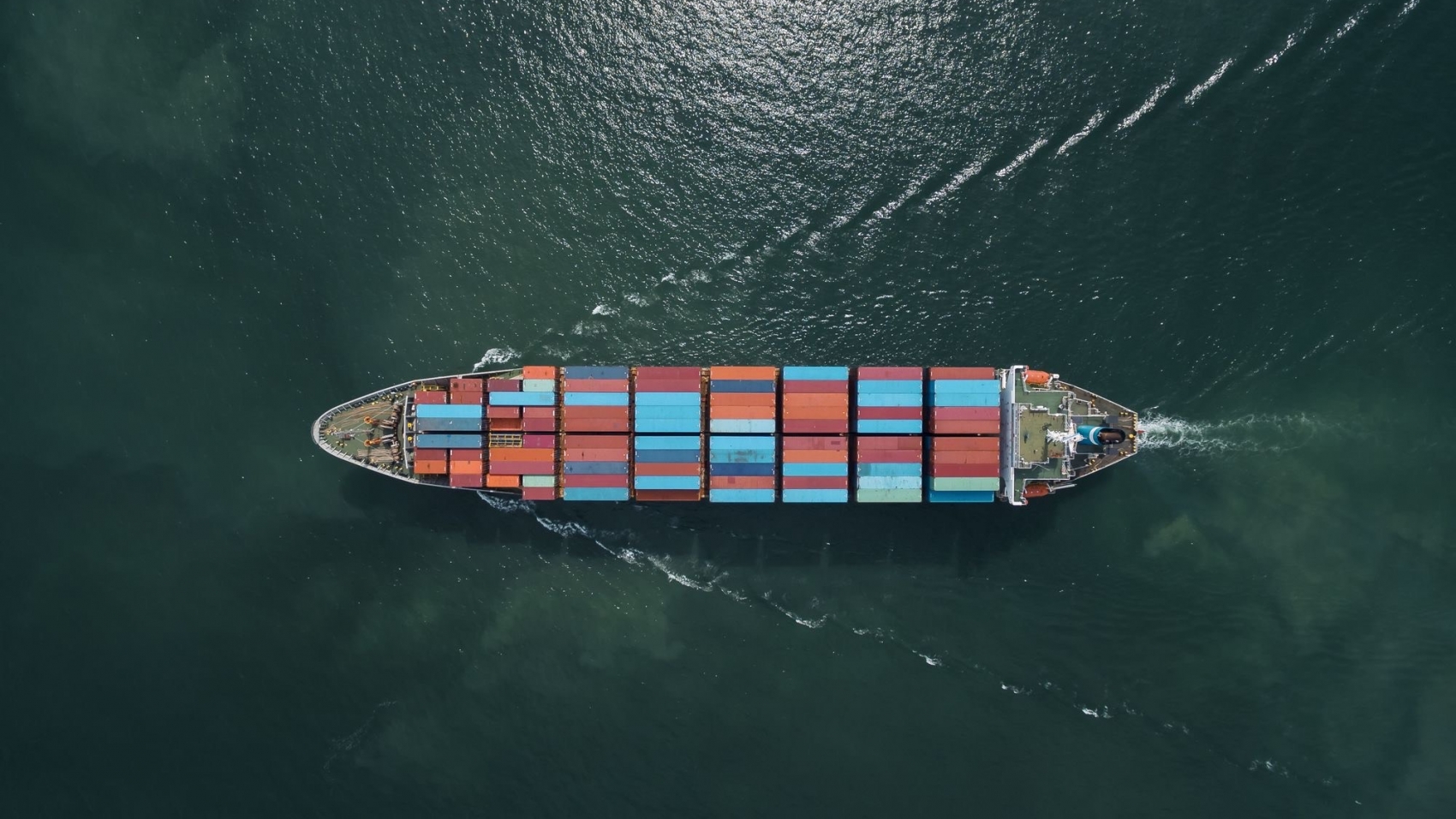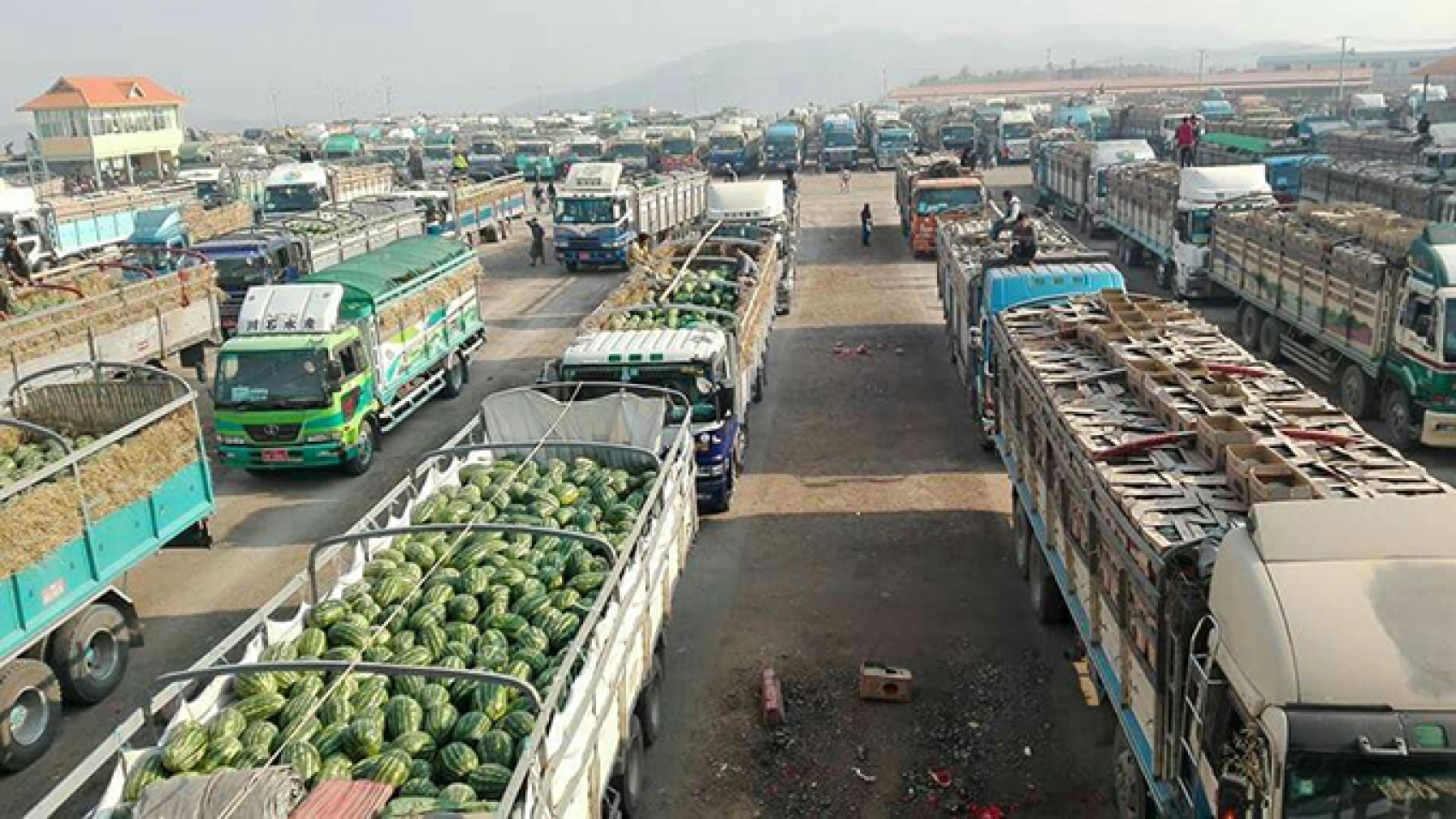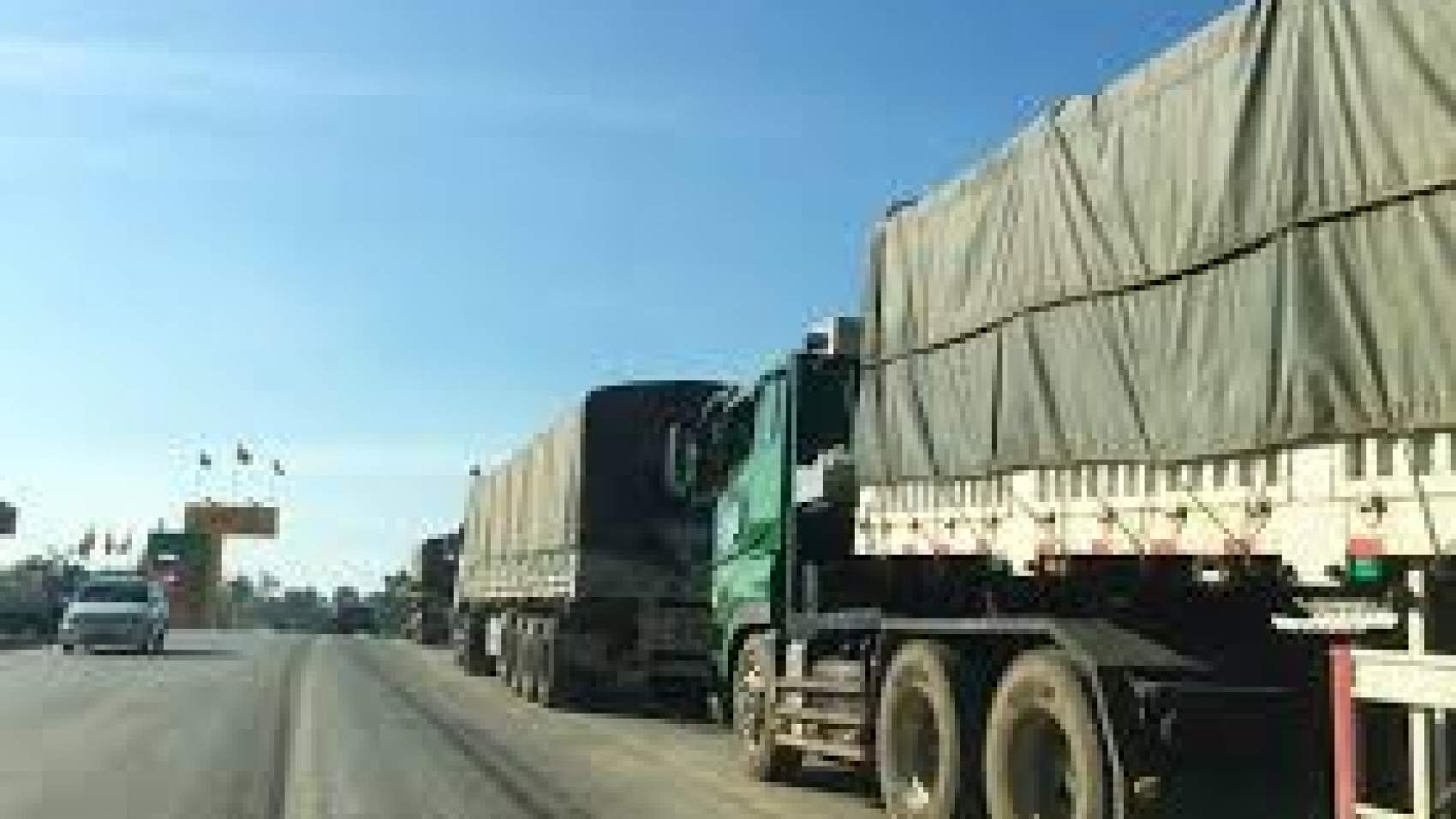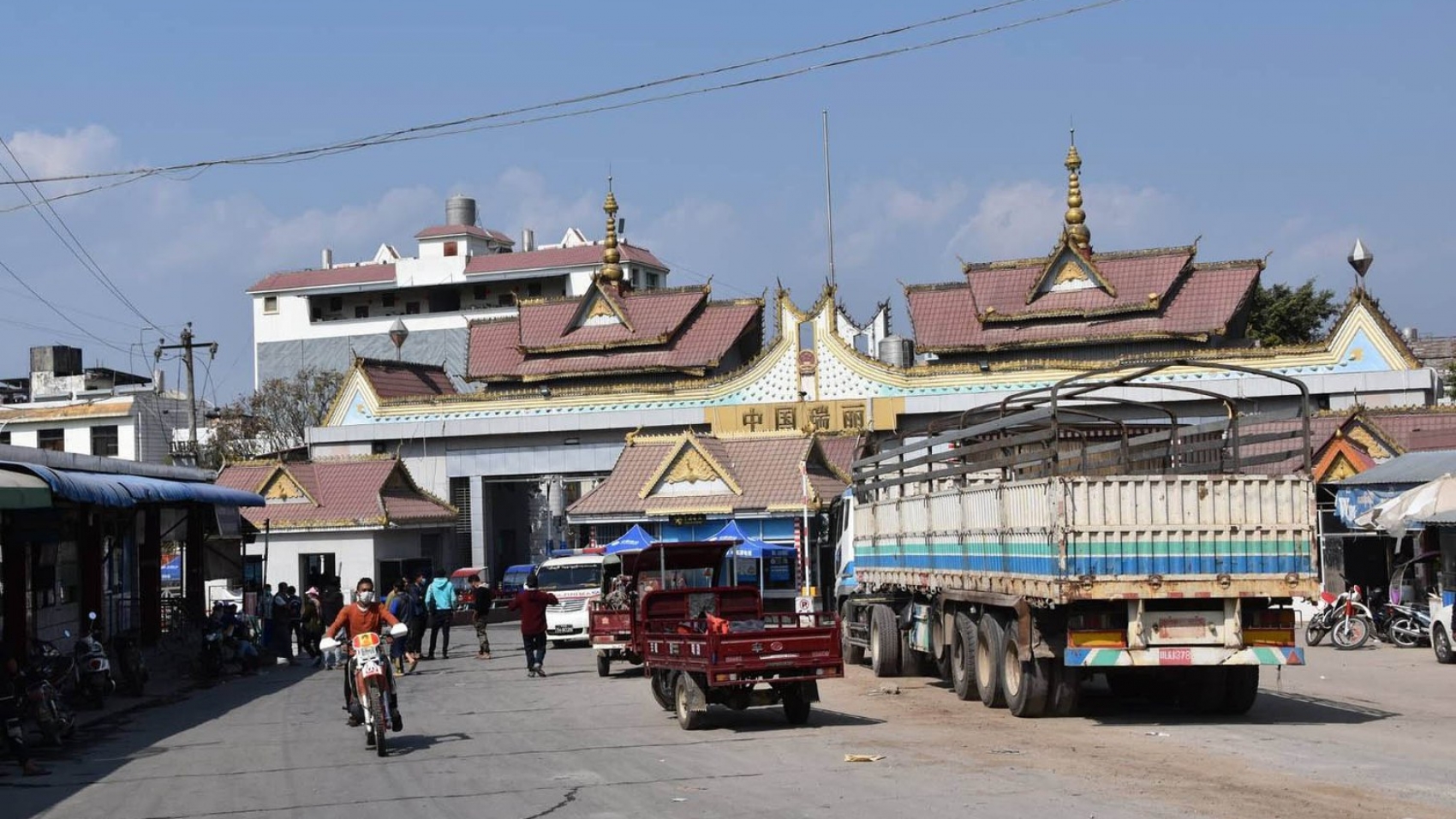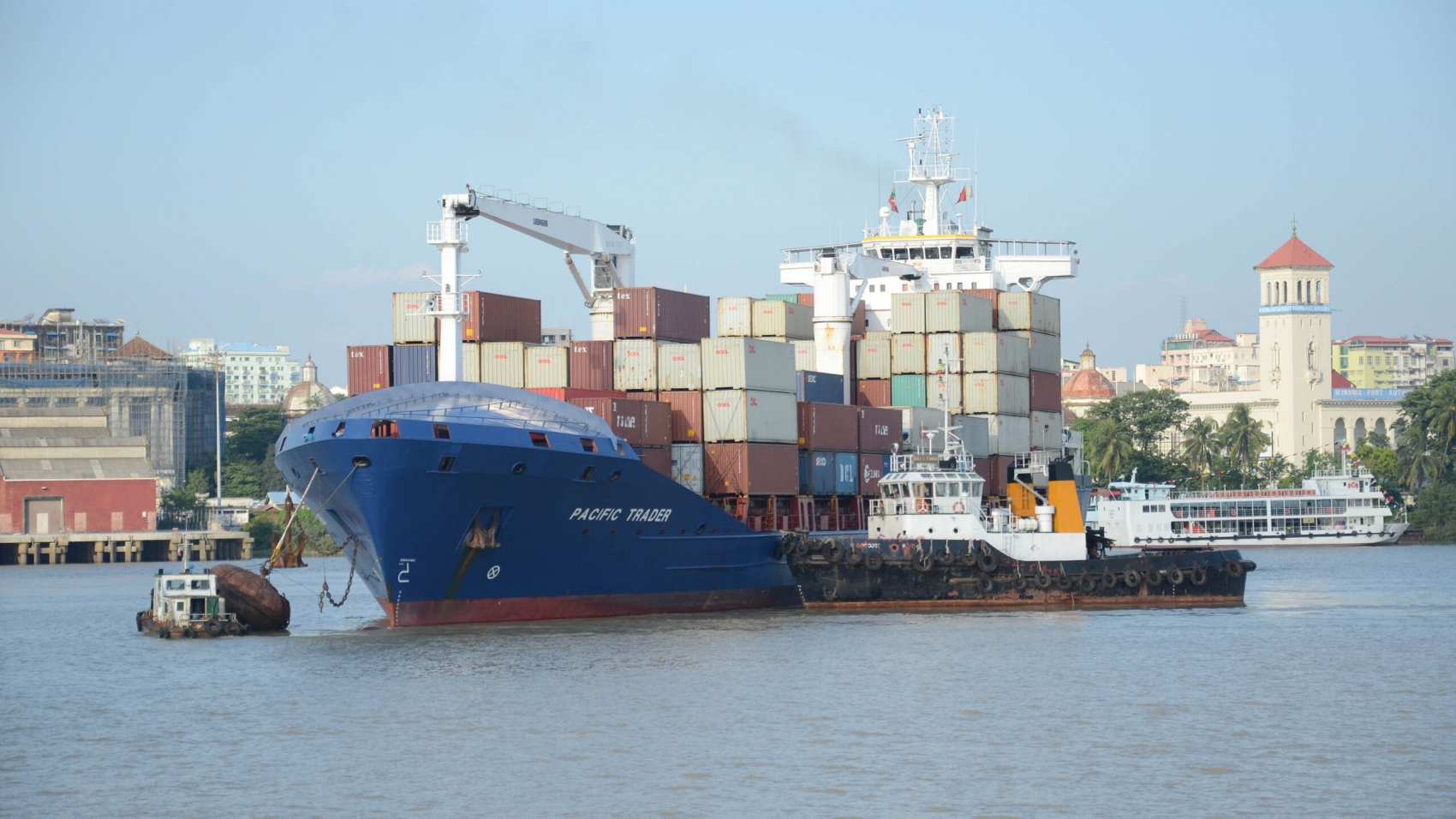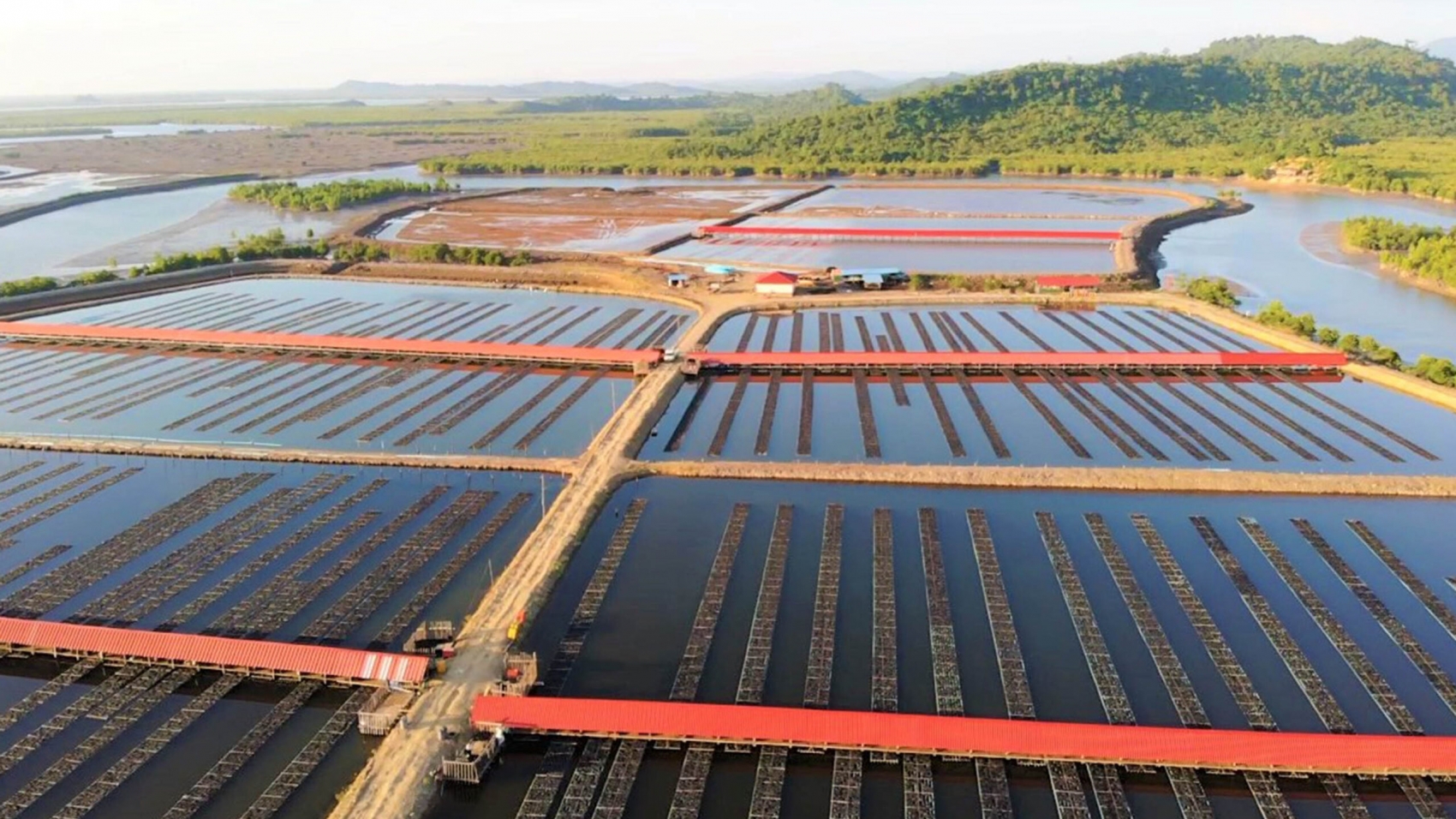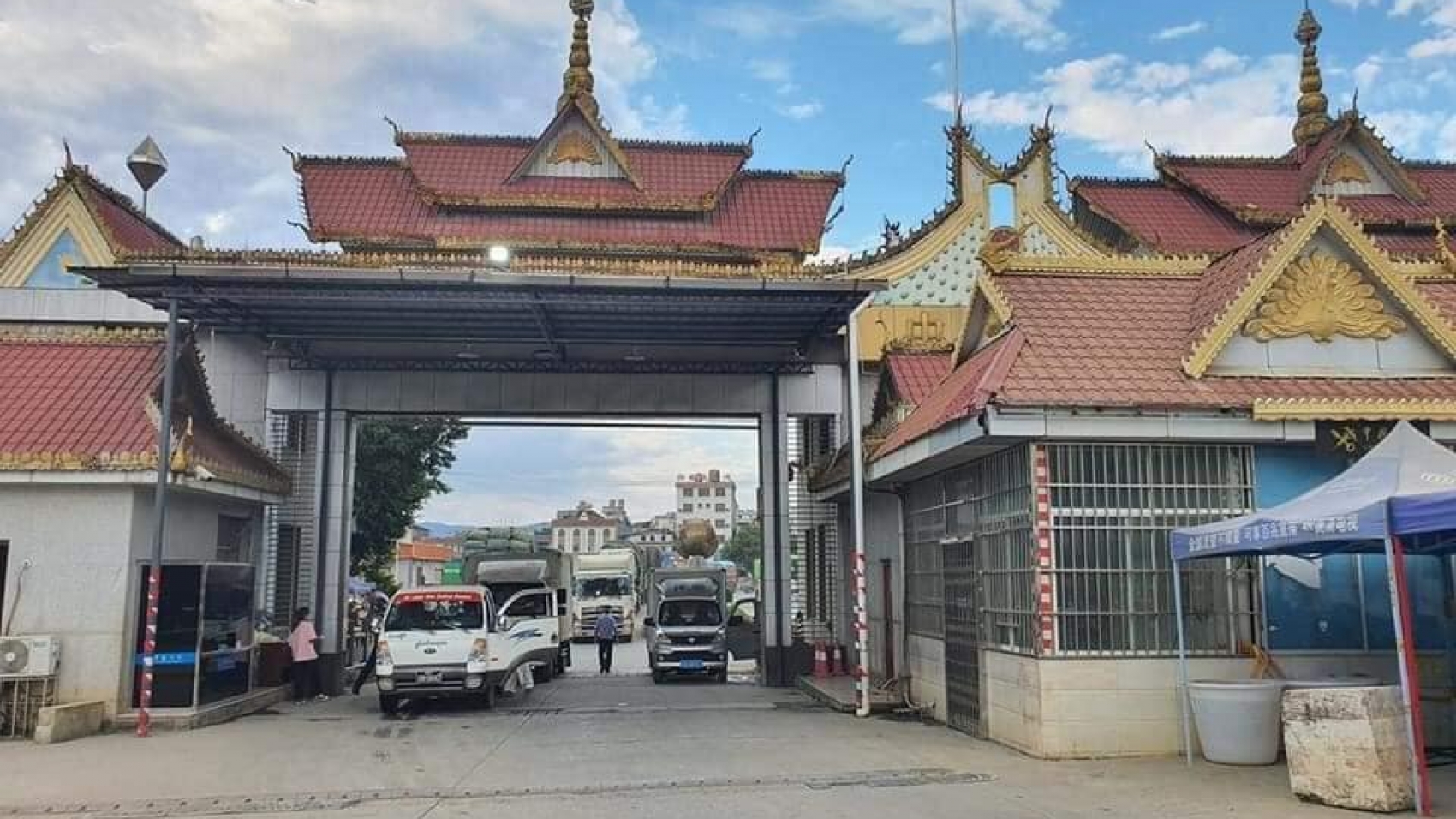The value of Myanmar’s maritime trade between 1 October and 17 December of the current mini-budget period 2021-2022 soared to US$4.75 billion according to the Ministry of Commerce. The figure reflected an increase of $449 million as against last FY. Sea trade rose from $4.3 billion during the year-ago period according to the Ministry of Commerce. While maritime exports were valued at $1.7 billion, imports had registered $2.5 billion.
Compared to the same period in the 2020-2021 financial year, imports fell by $34.6 million, while exports registered an increase of $484 million. Meanwhile, the value of trade through the border this FY was estimated at $1.25 billion, which plunged drastically from $2.207 billion registered last FY. Myanmar’s sea trade generated $19.8 billion out of an overall trade value of $29.5 billion in the FY2020-2021, the Ministry of Commerce’s statistics indicated.
Myanmar exports agricultural products, fishery products, minerals, livestock, forest products, finished industrial goods, and other products, while it imports capital goods, consumer goods and raw industrial materials. The country currently has nine ports involved in sea trade. Yangon Port is the main gateway for Myanmar’s maritime trade and includes Yangon inner terminals and outer Thilawa Port. Yangon inner terminals and the outer Thilawa Port received over 152 larger ships of above 30,000 DWT (deadweight tonnage) in the past five months (February-June) this year after the draft limit is extended up to 10 metres with the new navigation channel accessing to inner Yangon River.
Source: The Global New Light of Myanmar

